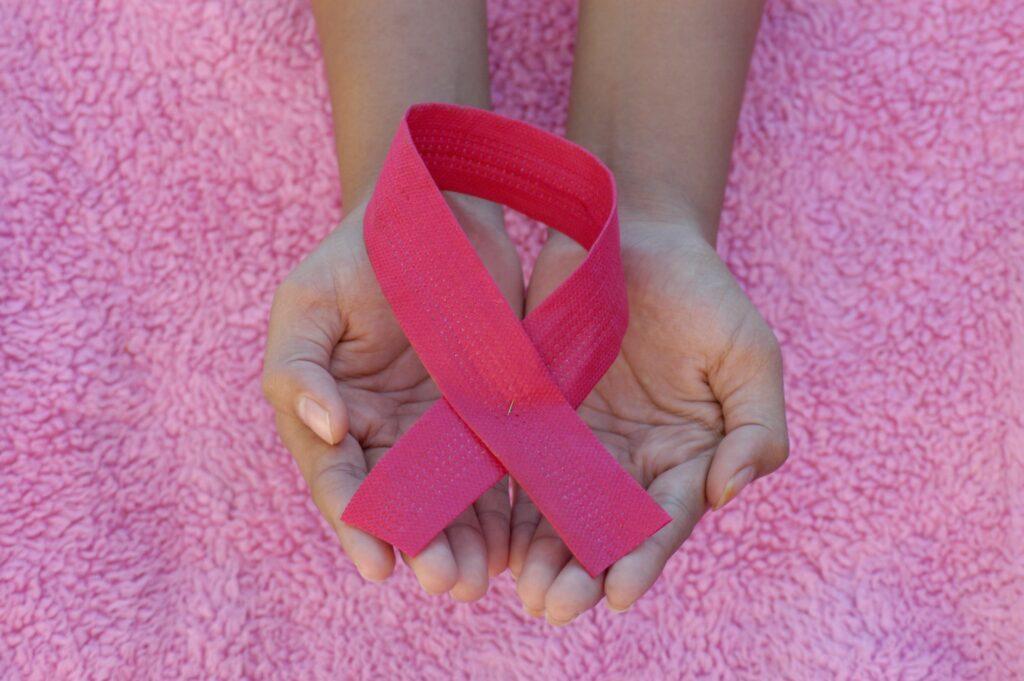A lifelong approach to studying the association between exposure to air pollution and the risk of developing breast cancer
Retour
Photo de Angiola Harry sur Unsplash
Based on XENAIR case-control data from the E3N cohort,
the BPH BIOSTAT team, in close collaboration with the Environmental Cancer Prevention team at the Léon Bérard center
have produced a study suggesting that women living in areas with the highest concentrations of PCB153 between 1990 and 2011 had a higher risk of breast cancer
The results of epidemiological studies on the association between air pollution and breast cancer remain contradictory, partly because most previous studies are based on short-term cumulative exposure data that do not take account of long-term chronic exposure trajectories.
Thanks to close collaboration with the Prévention Cancer Environnement team at the Léon Bérard Centre (CLB) and the Exposome and Heredity team at the Inserm Epidemiology and Population Health Research Centre (CESP), members of the BPH BIOSTAT team used pollution data to reconstruct the history of exposure up to 22 years before the diagnosis of breast cancer.

Photo de Isaiah B sur Unsplash
The data comes from the XENAIR case-control study, part of the E3N cohort. The E3N cohort, coordinated by the CESP team, has been following 100,000 women from the French National Education system since 1990. The XENAIR study, coordinated by the CLB team and funded by the ARC foundation, included 5,222 women from the E3N cohort diagnosed with breast cancer between 1990 and 2011, and the same number of cancer-free female controls. The XENAIR project estimated the average annual concentration of 8 atmospheric pollutants around each woman’s home for all the years between 1990 and the diagnosis of breast cancer.
The BIOSTAT team was able to make optimal use of these data by taking account of all individual exposure trajectories to two pollutants in particular, polychlorinated biphenyls (PCBs) 153 and Benzo[a]pyrene. Using advanced statistical models (latent classes linear mixed models), the team was able to identify five profiles (latent classes) of exposure trajectories (Figure 1), all of which decline from 1995 onwards, but at different levels. The results indicate that women living in areas with the highest concentrations of PCB153 over the observation period had a higher risk of breast cancer than women living in areas with the lowest concentrations.

Trajectories of estimated annual PCB153 concentrations around women’s residence (n = 5,058 cases, 5,059 controls), XENAIR case-control study, France, 1990-2011. The left panel shows the estimated mean trajectory in each of the five classes identified by the model. The right-hand panel shows the individual trajectories of women classified in each class, with the bold black line representing the estimated mean trajectory in the class.
In 2024, the BIOSTAT team obtained funding from INCA and ANSES to continue its work on modelling chronic exposure to air pollution throughout women’s lives. Geographical indicators serving as proxies for air pollution will thus be generated from the birth of each woman. The aim is twofold:
- Estimating the association between the cumulative lifetime dose of air pollution and the risk of breast cancer
- Identify if there are periods of life when pollution has a greater effect (in utero, during puberty, pregnancy or the transition to the menopause, for example)



Desnavailles P, Praud D, Le Provost B, Kobayashia H, Deygas F, Amadou A, Coudon T, Grassot L, Faure E, Couvidat F, Severi G, Mancini FR, Fervers B, Proust-Lima C, Leffondré K. Trajectoires d’exposition à long terme à la pollution atmosphérique au PCB153 et au Benzo[a]pyrène (BaP) et risque de cancer du sein. Environmental Health 2024; 23:72. https://doi.org/10.1186/s12940-024-01106-x
https://link.springer.com/article/10.1186/s12940-024-01106-x


